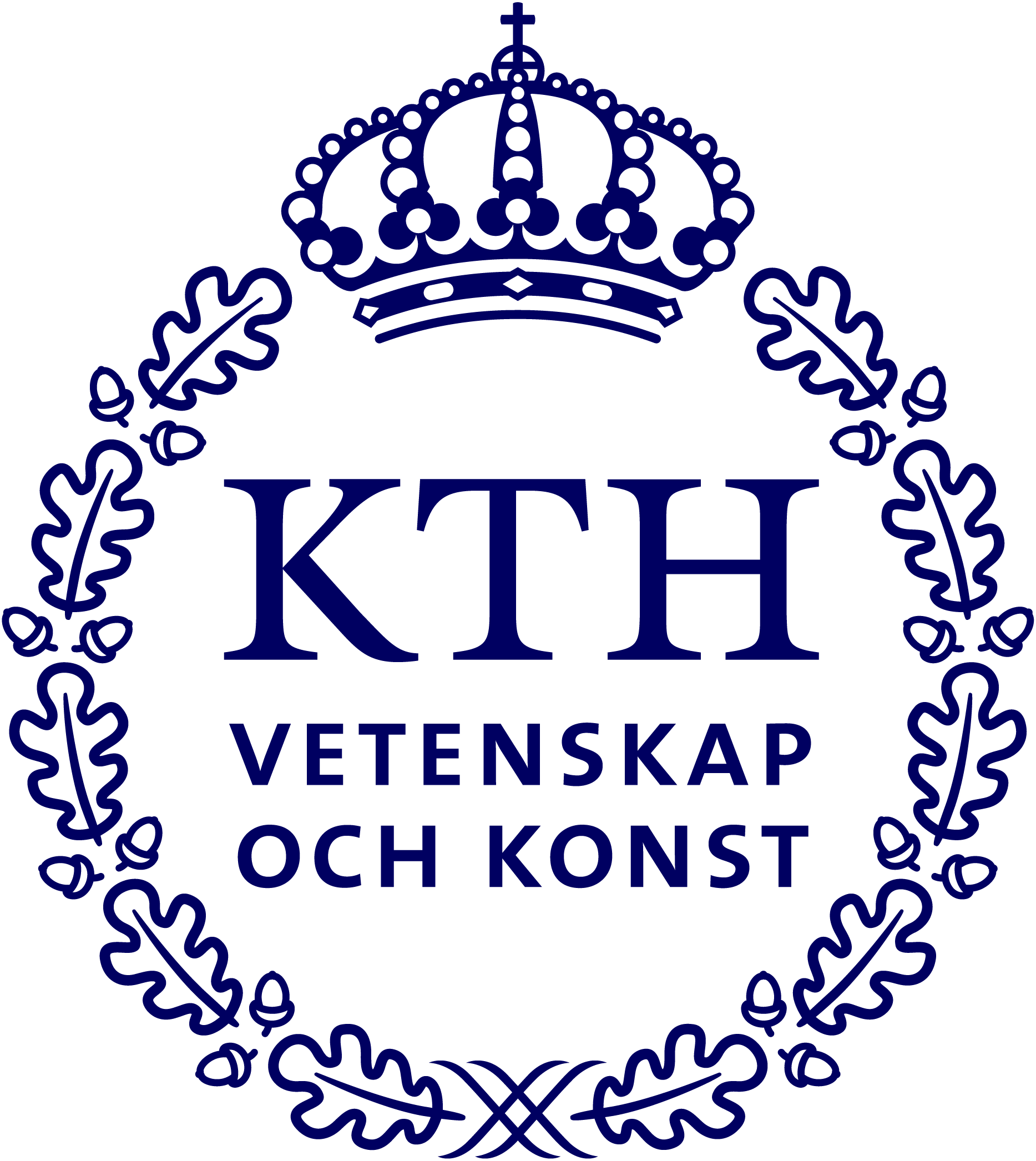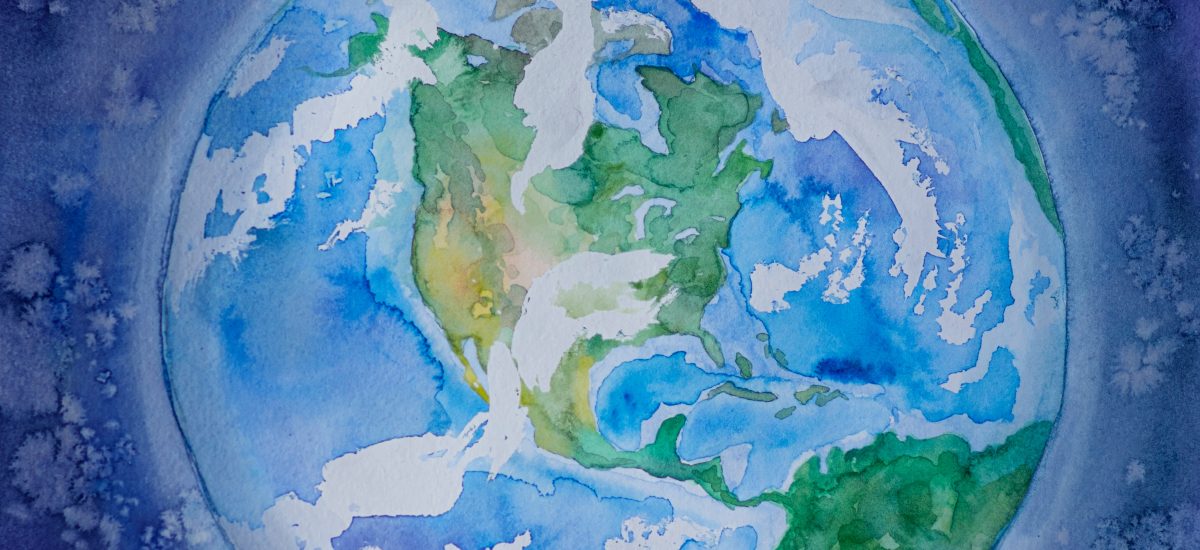
Use of AI and ML can drive new knowledge about how the Earth system works
Three recently published articles involving Digital Futures Faculty members Georgia Destouni, Zahra Kalantari and Carla Ferreira show how AI and Machine Learning use can drive new knowledge about how the Earth system works and how climate extremes (in these cases, drought) can be predicted around Sweden and the world.
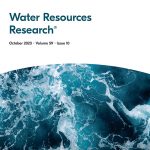 ChatGPT in Hydrology and Earth Sciences: Opportunities, Prospects and Concerns, Foroumandi E, Moradkhani H, Sanchez-Vila X, Singha K, Castelletti A, Destouni G, Water Resources Research, 2023 (in press). https://doi.org/10.1029/2023WR036288
ChatGPT in Hydrology and Earth Sciences: Opportunities, Prospects and Concerns, Foroumandi E, Moradkhani H, Sanchez-Vila X, Singha K, Castelletti A, Destouni G, Water Resources Research, 2023 (in press). https://doi.org/10.1029/2023WR036288
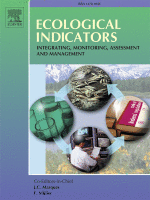 Predicting agricultural drought indicators: ML approaches across wide-ranging climate and land use conditions, Kan J-C, Ferreira CSS, Destouni G, Haozhi P, Vieira Passos M, Barquet K, Kalantari Z, Ecological Indicators, 154, 110524, 2023. https://doi.org/10.1016/j.ecolind.2023.110524
Predicting agricultural drought indicators: ML approaches across wide-ranging climate and land use conditions, Kan J-C, Ferreira CSS, Destouni G, Haozhi P, Vieira Passos M, Barquet K, Kalantari Z, Ecological Indicators, 154, 110524, 2023. https://doi.org/10.1016/j.ecolind.2023.110524
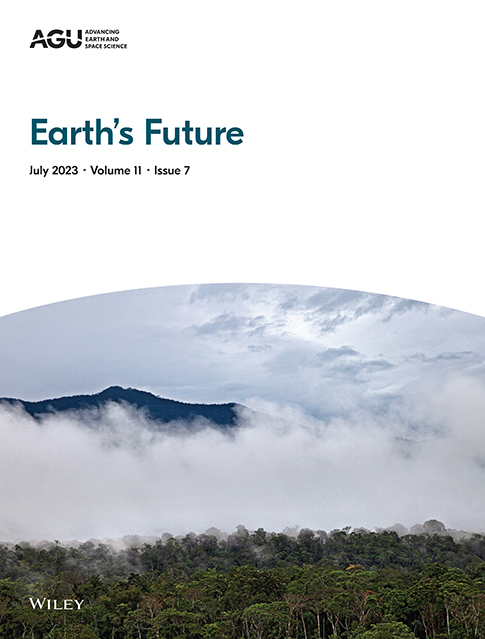 Contrasting drought propagation into the terrestrial water cycle between dry and wet regions, Li W., Reichstein M., O, S., May C., Destouni G., Migliavacca M., Kraft B., Weber U., Orth R., Earth’s Future, 11, e2022EF003441, 2023. https://doi.org/10.1029/2022EF003441
Contrasting drought propagation into the terrestrial water cycle between dry and wet regions, Li W., Reichstein M., O, S., May C., Destouni G., Migliavacca M., Kraft B., Weber U., Orth R., Earth’s Future, 11, e2022EF003441, 2023. https://doi.org/10.1029/2022EF003441
Find out more in this article on One Earth – Global patterns in water flux partitioning: Irrigated and rainfed agriculture drives asymmetrical flux to vegetation over runoff Graphical
